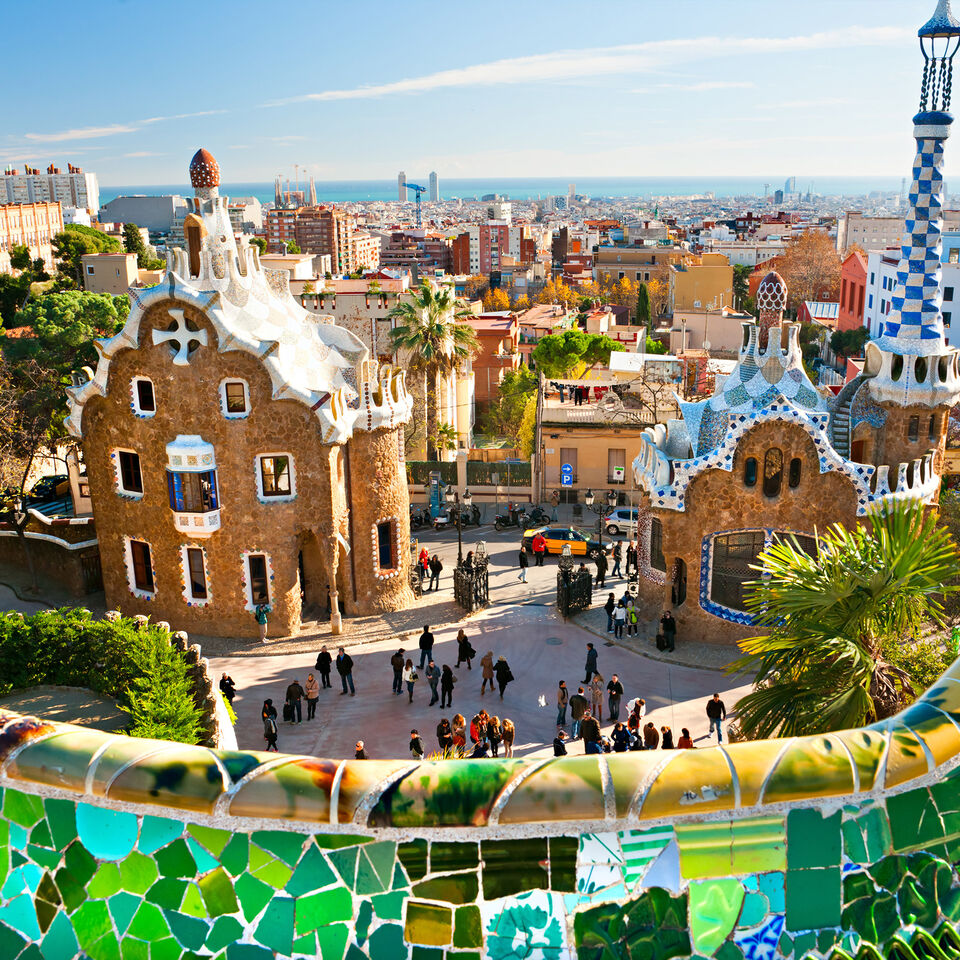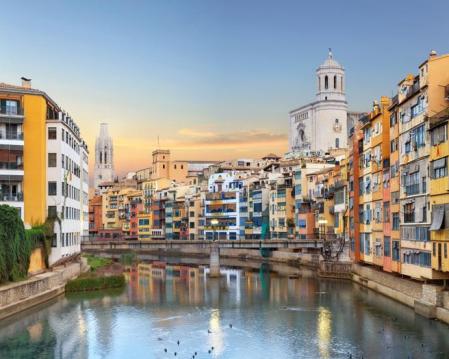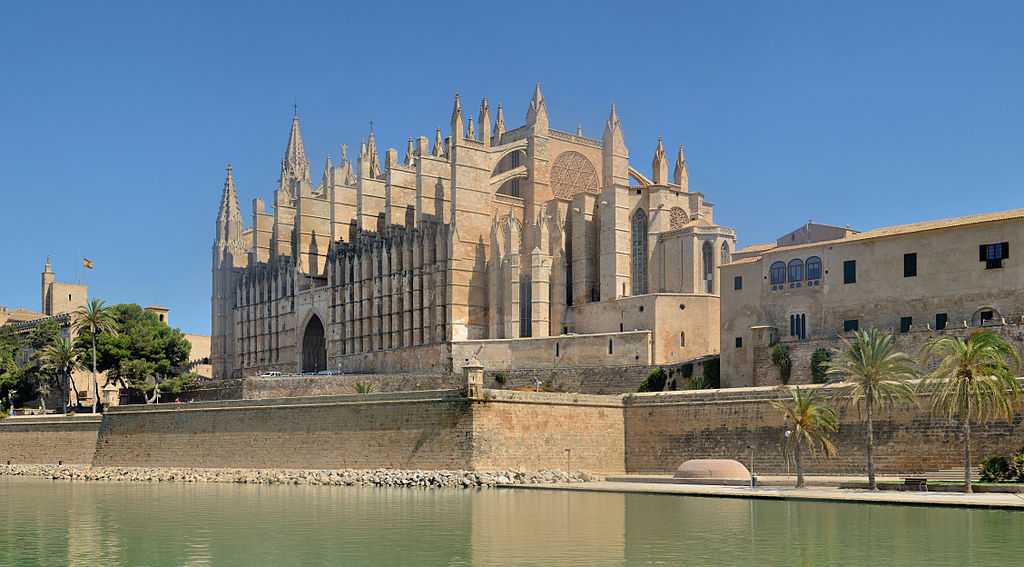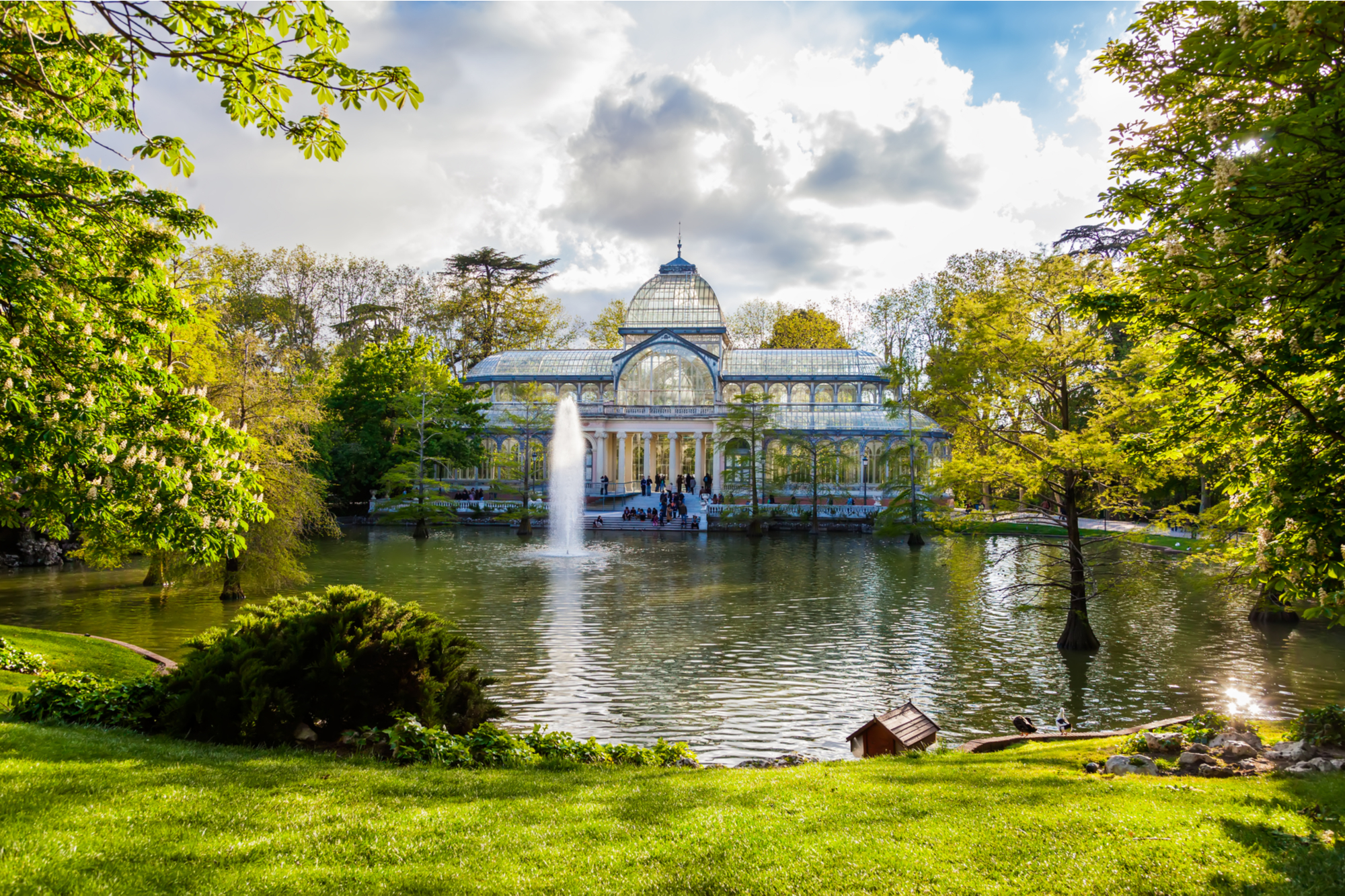Maria Luisa Park in Sevilla
María Luisa Park is the first urban park in Sevilla (Andalucia, Spain) and one of its green lungs.
In 1983 it was declared an Asset of Cultural Interest in the category of Historic Garden.3 It was inaugurated on April 18, 1914 as the Infanta María Luisa Fernanda urban park.
These spaces, which were originally part of the private gardens of the San Telmo Palace, were donated in 1893 by the Infanta María Luisa Fernanda de Borbón, wife of the Duke of Montpensier, to the city.
The squares of Spain and America , built for the Ibero-American Exposition of 1929, are integrated into the park.
The park has an area of 34 hectares, has a wide variety of plants, very lush in many places, open in others, with some large areas of grass.
The park, as it can be seen today, is quite similar to that of the 1929 Exhibition.










